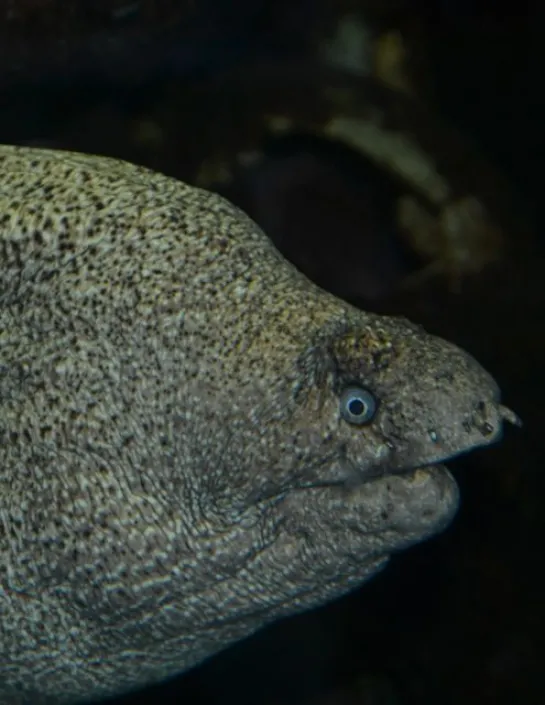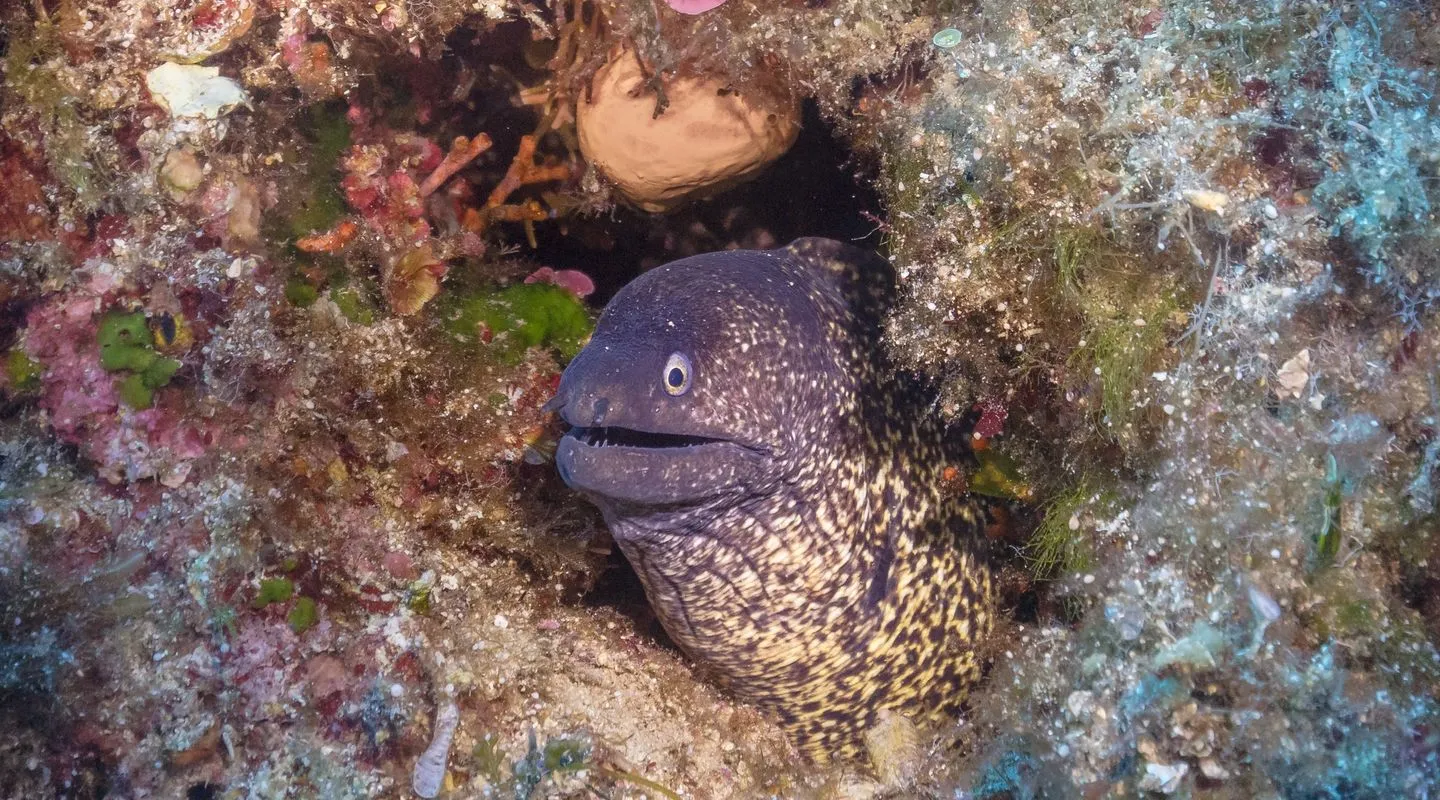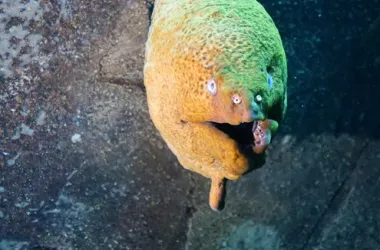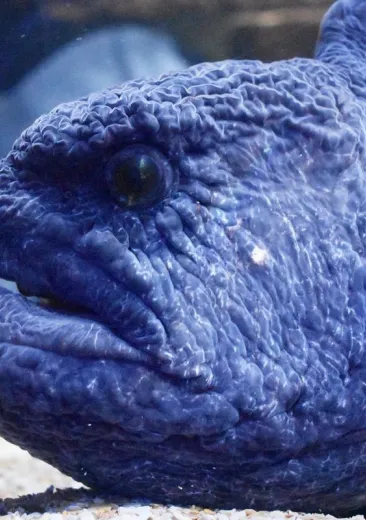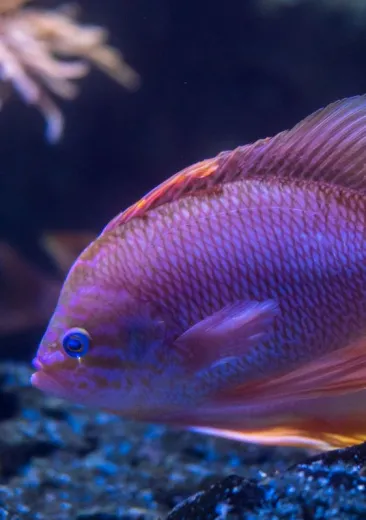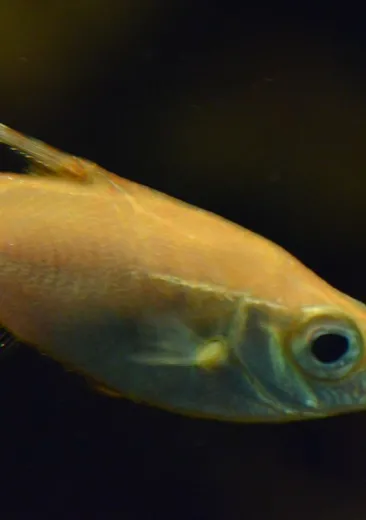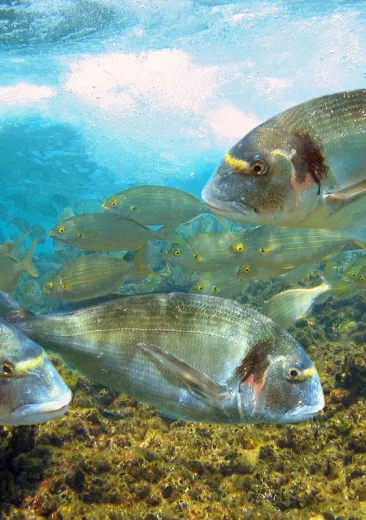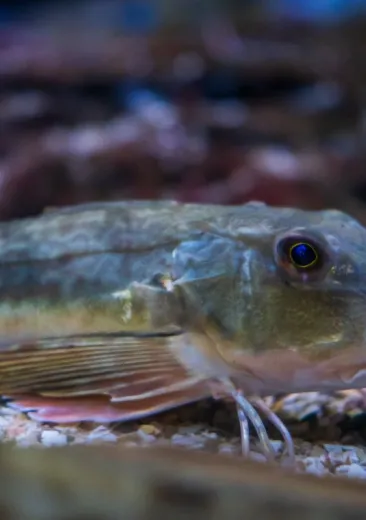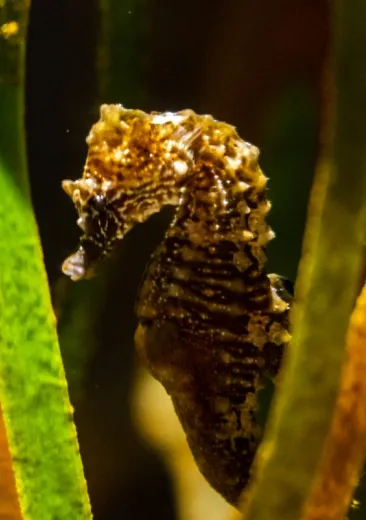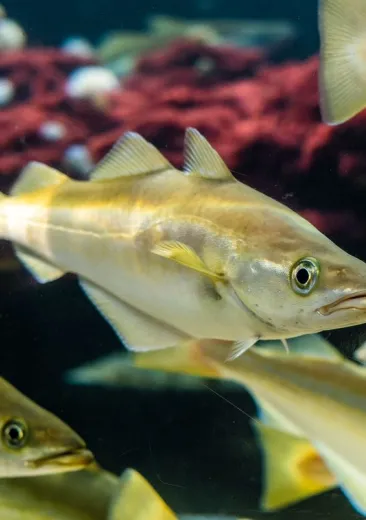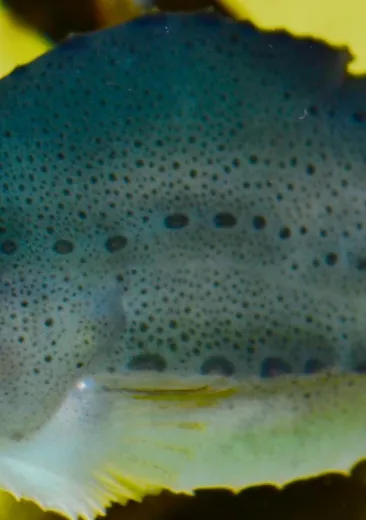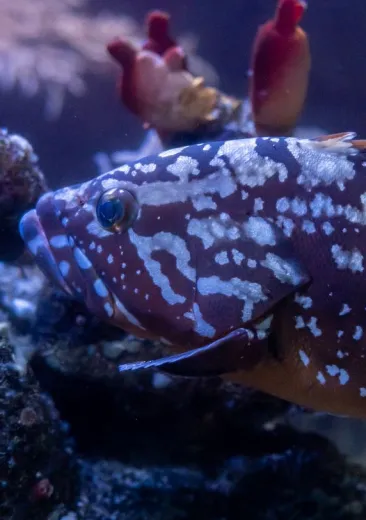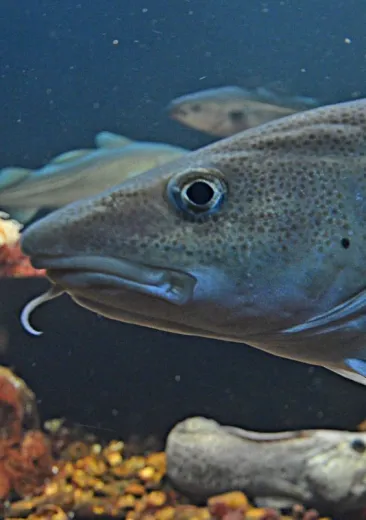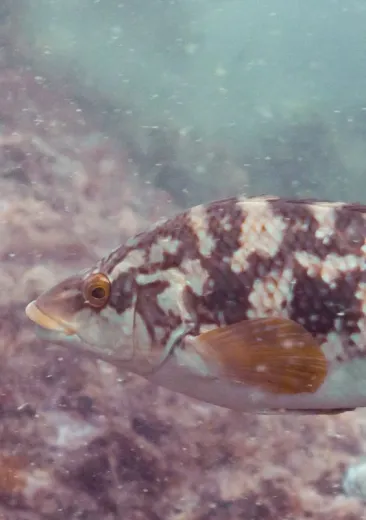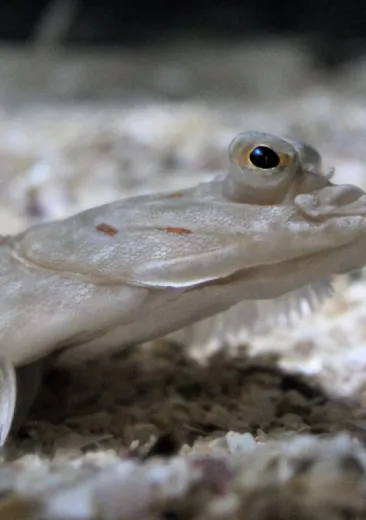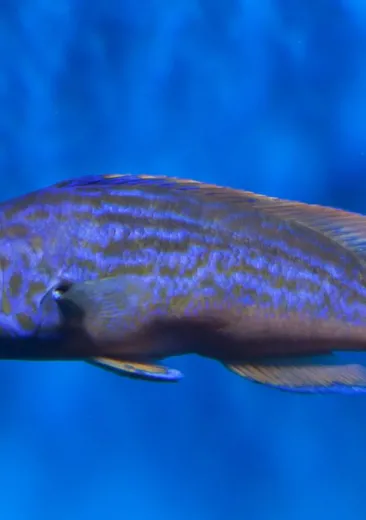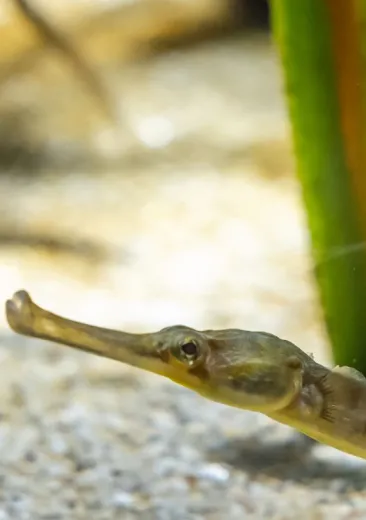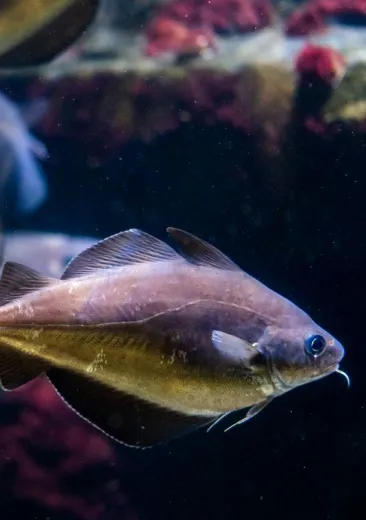As they live at night and in the dark, we have little knowledge of the conditions in which moray eels breed, a process that takes place from July to September, when they lay eggs about 5 mm in diameter. The larvae float and drift with the currents for about a year, after which the moray eel descends to the depths and becomes an active predator.
The moray eel is often seen in the company of the Mediterranean cleaner shrimp Lysmata seticaudata.
Where is the animal to be found?
- It is found throughout the Mediterranean basin. It can be found from the surface down to a depth of around 100 metres.
- The moray eel is a territorial species that lives isolated in crevices or anfractuosities. It is relatively shy and will only attack when it feels threatened.
- It is a nocturnal predator and a poor swimmer, and usually hunts by hiding in wait.
- It is found throughout the Mediterranean basin. It can be found from the surface down to a depth of around 100 metres.
- The moray eel is particularly fond of shipwrecks, which offer many hiding places.
How can it be recognised?
The moray eel has a long, serpentine body that can grow up to 1.5 m, which is robust and slightly compressed laterally, especially in its posterior section. The head is short and has a rounded profile.
It has a large mouth with powerful jaws and tube-shaped nostrils.
Its highly sensitive nostrils give it a highly developed sense of smell, which helps it to locate its prey.
It has no pectoral fins or continuous dorsal fin. Its scale-free skin is purplish brown with white and yellow mottled markings.
What is distinctive about it?
The moray eel's bite can be dangerous because its teeth carry germs. The risks of infection are quite significant. Divers know that they should not put their hand into crevasses when diving to avoid being bitten.
The moray eel is a nocturnal predator. It is a poor swimmer and almost blind, usually lying in wait in its lair for prey to pass by. The Mediterranean cleaner shrimp feeds on parasites that are found on the skin, in the respiratory orifices and in the mouth cavity of the moray eel, thus providing it with a thorough cleaning.
